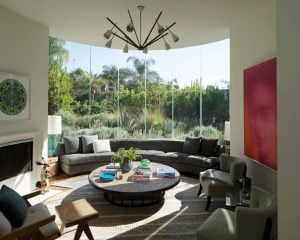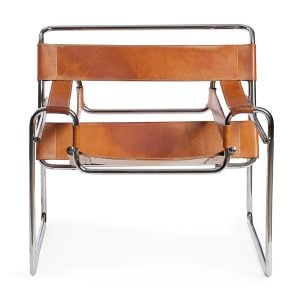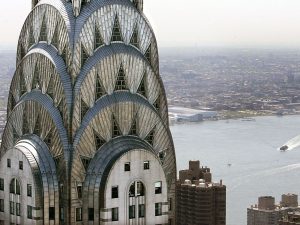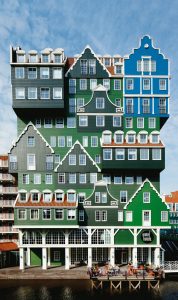
Level Up: Design Movements (part 1)
June 23, 2023, In Design Ideas / Trends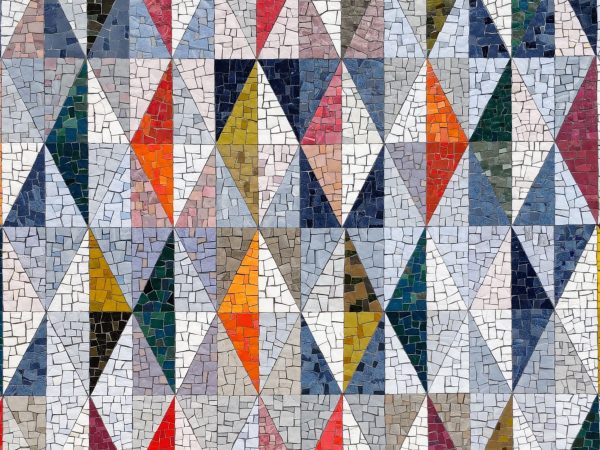
In today’s world, art can be anything. A mural, a piece of clothing, a building, and even a deal toy! At Altrum, we are big fans of art and design movements, and would love to share our knowledge with you. You can draw on these facts when you are opening your next deal toy project and need some inspiration, or when you sit down next to your MD at your next closing dinner, and they start talking about their love for art history. You’ll be ready to impress!
So, whether you need inspiration or just want to learn something new, keep reading! Let’s look at some of the most popular design movements in history.
Mid-Century Modern
Emerging in the mid-20th century, mid-century modern design is all about clean lines, simple organic forms, muted tones, and the use of new materials like plywood and plastic. This design style came about in response to a post-World War II environment. Designers all over the globe at this time were heavily influenced by the German Bauhaus design movement, and interested in creating new ideas that were able to be mass-produced. While the overall theme of this design movement was to use neutral tones, designers at this time often meshed the natural with the bright, sneaking in bright pops of color throughout. Mid-century modern design pieces often focused on the fusion of indoor and outdoor pieces, incorporating plants and windows throughout.
Bauhaus
The word “Bauhaus” comes from an inversion of the German word “hausbau”, which means house building. The Bauhaus design movement lasted from around 1919 to 1933, setting it right after World War 1. While it is very similar to the Mid-Century Modern movement, Bauhaus exists in its own lane. Some of Bauhaus’ design principles include simplicity, asymmetry, and modernity. With a “form follows function” philosophy in mind, the Bauhaus movement combines the importance of aesthetic design and practicality. Color theory and experimenting with shapes were at the forefront of the Bauhaus movement.
Art Deco
Wealth, glamour, and abundance. Art Deco, also known as style moderne, originated in the Roaring 1920s. This ornamental style aimed to take simple, minimalistic shapes and turn them into something new that symbolized luxury and elegance. Inspiration for this design movement came from other popular movements like Cubism and Arts & Crafts, adopting the use of bold geometric shapes and repetition. One of the most popular examples of Art Deco design in architecture is the Chrysler Building in New York City – the top of the building features an opulent crown-like structure made of decorative metal cladding, giving the building a unique look.
Post-Modernism
Postmodernism is a direct rejection of the modernism design movement. Where Modernism is specific and rigid in its principles, using art and culture as a means to an end, Postmodernism is more elusive and flexible. Postmodernists believed that the creation of art was more meaningful and powerful than the actual art itself. The work from this time is both visually thrilling and thought-provoking, incorporating abstract visuals, playful motifs, and often embracing vibrant colors and mixed materials. Postmodernist creations have a special kind of movement and mystery to them, allowing the viewer to interpret them however they’d like.
Brutalism
By embracing raw materials and avoiding embellishments, this 1950s movement in modern architecture was famous for its utilitarianist and stripped-down aesthetic. Brutalism, like Modernism, was largely focused on functionality. It was more important that a building was useful to the community than pretty to look at. A popular Brutalist design principle was the wide use of concrete – these modular buildings were the opposite of ornate and fancy, allowing the textures and patterns of the natural materials to shine. Brutalist architecture is also known for its size, with tall and wide buildings that demand your attention.
If you’d like to learn even more about popular design movements in history, stay tuned for the next installment where we will go over Arts & Crafts, Art Nouveau, Deconstructivism, Streamline Moderne, and Memphis!






